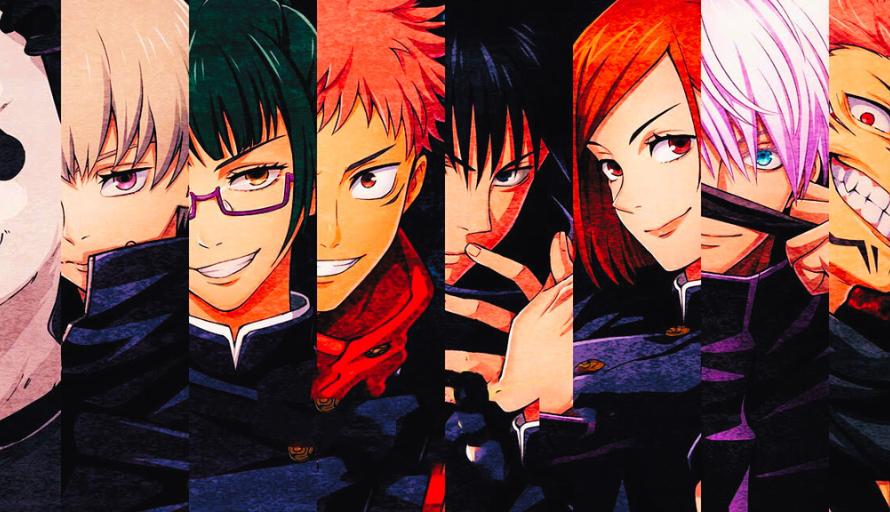If you’ve been following the buzz in the world of anime, you might have heard about some exciting changes happening in Japan’s animation industry. It’s not just the usual plot twists and character developments that are making waves; it’s the incredible advancements in AI technology that are setting the stage for a whole new chapter in anime production. Let’s dive into how AI is transforming the anime world and what it means for the future!
AI: The New Superhero in Anime Production
Imagine a world where creating stunning background art and vibrant coloring doesn’t take weeks but mere minutes. Sounds like a dream, right? Well, it’s becoming a reality thanks to the magic of generative AI. Take K&K Design, for example. This Nagoya-based company introduced AI into their workflow last year, and they’re already seeing jaw-dropping results. What used to take a week now happens in just five minutes! Hiroshi Kawakami, the company’s director, shared that AI is not just a tool but a game-changer, helping to enhance working conditions while keeping production quality top-notch.
Facing the Challenges with a Technological Boost
The anime industry, despite its booming market, has been grappling with serious issues like labor shortages, long hours, and low wages. The market size in 2022 was a staggering JPY 2.9 trillion (USD 19.7 billion), up 7% from the previous year. But behind those impressive numbers lies a challenging reality: many anime workers earn less than JPY 200,000 (USD 1,358) a month and work about 219 hours on average, 1.3 times more than the typical Japanese worker.
By leveraging AI, the industry hopes to address these issues head-on. Imagine freeing up artists from repetitive tasks so they can focus more on planning and character design. This shift could lead to better working conditions, increased productivity, and even a surge in diverse and exciting new content. Plus, AI-powered translation services could open doors to global markets like never before!
AI’s Global Ambitions
Speaking of global markets, AI is set to revolutionize the way anime and manga reach international audiences. For instance, the AI startup Orange is developing technology that speeds up manga translation up to ten times faster than before. With around 700,000 manga works in Japan and only 14,000 translated into English, there’s a massive opportunity for expansion. Orange is even eyeing Spanish speaking countries and India areas with vibrant reading communities.
Government Support and Future Prospects
Japan’s Ministry of Economy, Trade and Industry (METI) is also stepping up to support this tech transformation. They’ve published guidelines to help animation and game companies integrate AI effectively, and there’s talk of potential subsidies to encourage AI adoption. The goal? To boost Japan’s industrial competitiveness and tackle the industry’s labor challenges.
Navigating the Risks
Of course, with great power comes great responsibility. The rapid rise of AI brings concerns about protecting creators’ rights. There’s a growing call for stronger legal protections to prevent unauthorized use of Japanese works in AI models, with over 10,000 signatures backing the cause.
In summary, Japan’s anime industry is embarking on an exhilarating journey with AI at the helm. From streamlining production to breaking down language barriers, the possibilities are endless. As we watch this incredible evolution unfold, one thing is clear: the future of anime is not just bright, it’s glowing with the promise of innovation and creativity.


